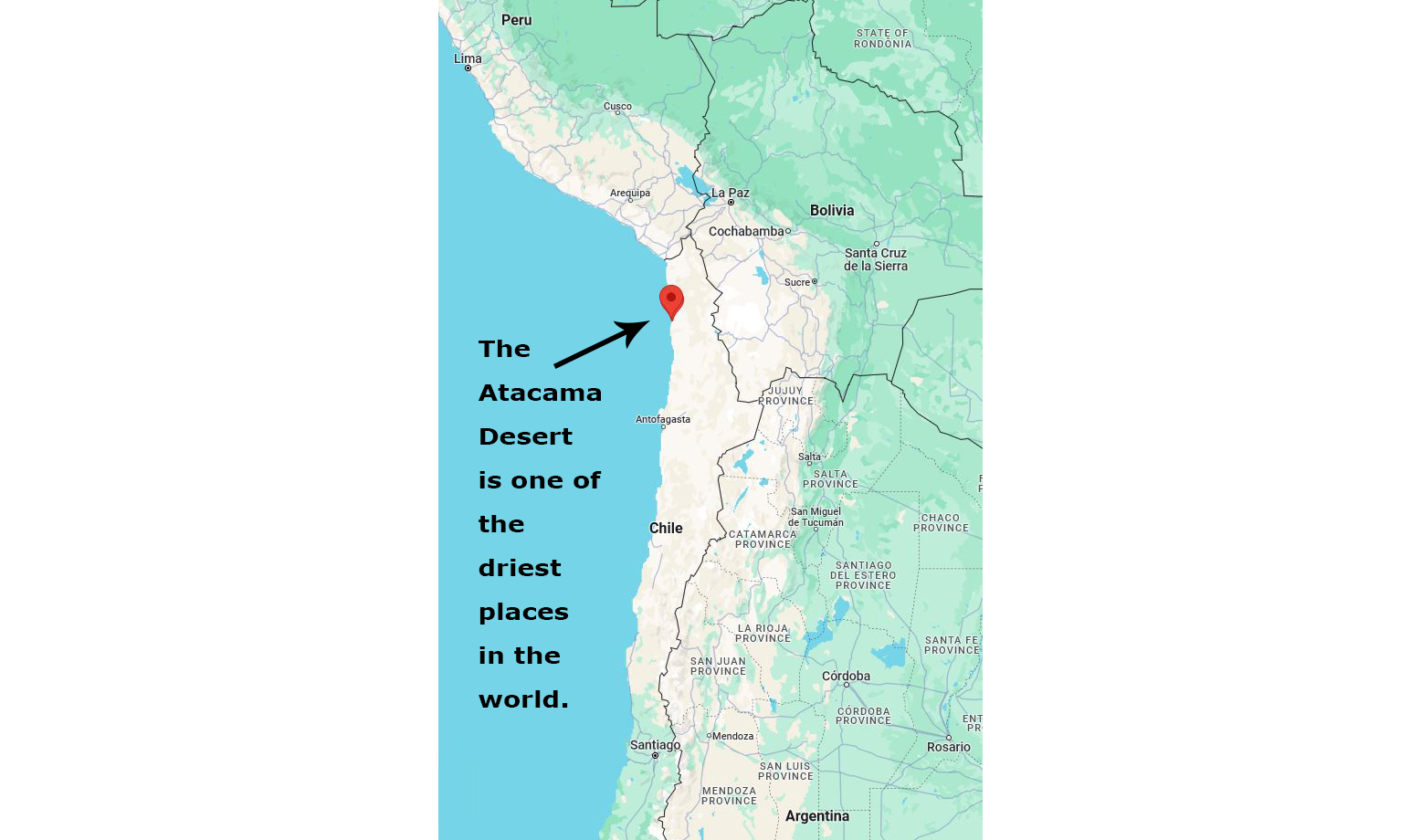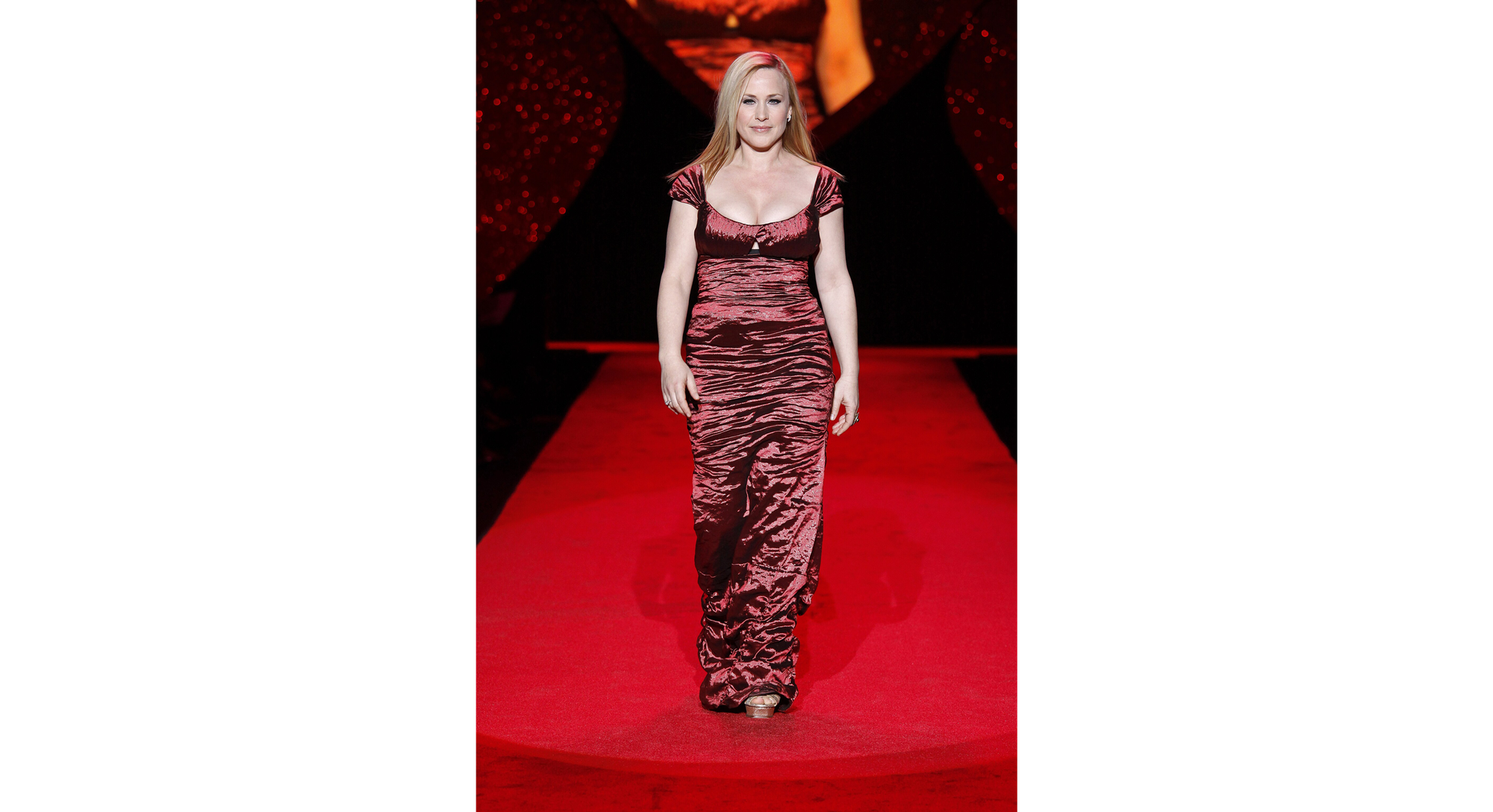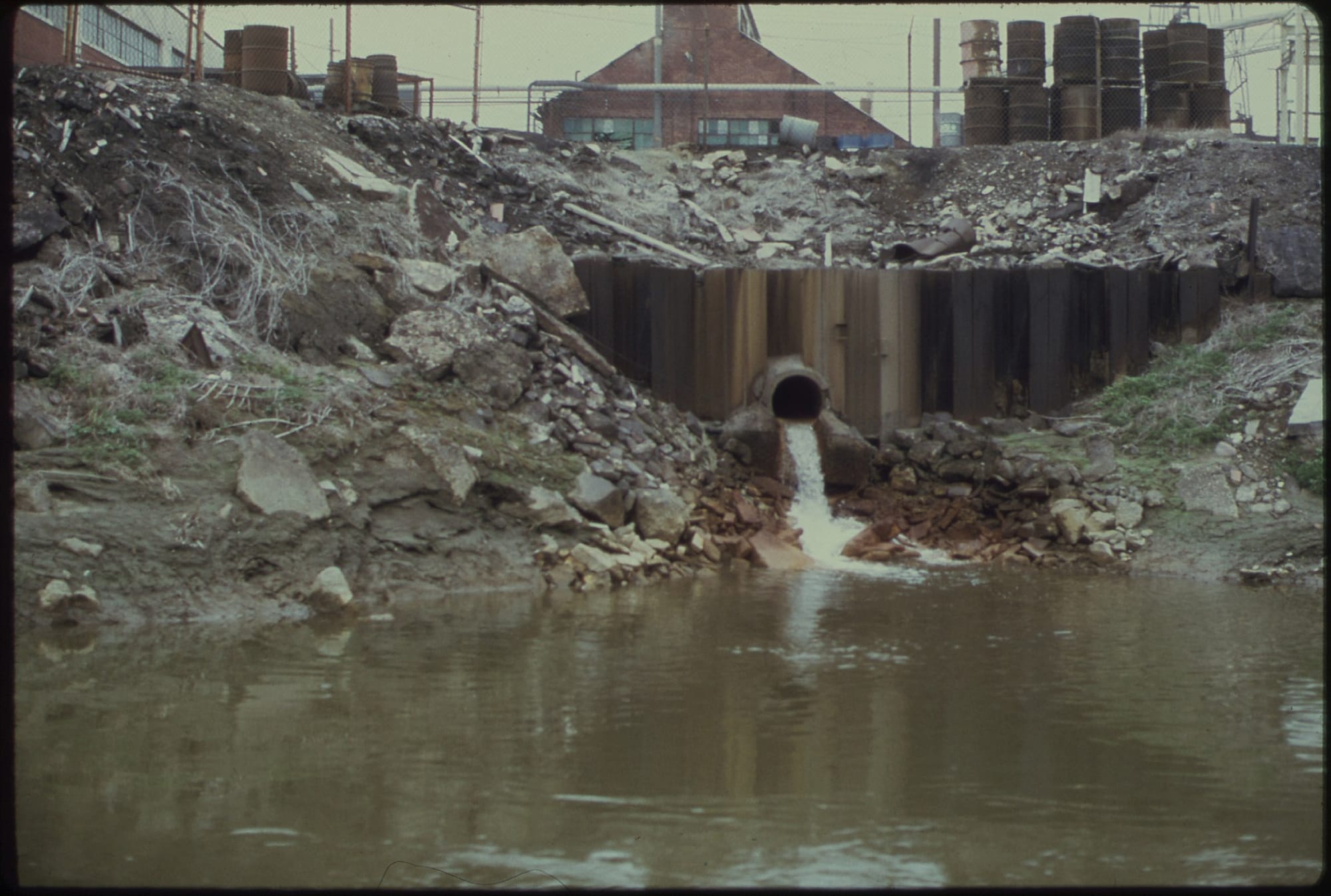Cloth Mountains on Fire

Enough. It’s a word we don’t use… well, enough.
Instead, we use MORE. We need more. Want more. Dream about more—money, beauty, fame, clothes, food, vacations, gadgets.
We are never satisfied with enough. And that gives us strange outcomes like mountains of clothes in the Atacama Desert of Chile that catch fire. Yes, there is a desert where mountains of used and unsold clothes pile up into peaks that are so large they can be seen from space.

On June 12, 2022, one of those mountains burned—11,000 tons of it—releasing toxic smoke filled with chemicals from the synthetic fabrics. Usually the fires are small—dump-truck-load piles that are set ablaze so the haulers don’t have to pay the dumping fees.
These clothes come from the United States, Europe, and Asia. They include brands like Adidas, Ralph Lauren, and Banana Republic. The clothes are unwanted, discarded by a consumer fashion economy that spits out excess to please our fickle tastes. As we pursue more fashion choices, we increase toxic emissions into our atmosphere, not just from the burning of these piles, but from the production and transport of these disposable clothes and shoes around the globe. This is a climate problem that can easily be tackled by everyone. When it comes to clothing—buy less, embrace enough. How many fashion statements does anyone really need to make?

I’m writing about this because messages given off in all sectors of our media, including films and television, glorify fashion by pumping up the glamour of red-carpet dresses and criticizing people’s fashion choices. Even in books, what characters wear often underscores our belief that how we dress will make us more popular, attractive, and happier. We pursue the latest trends, not realizing fast fashion won't increase our happiness quotient. It will only help those cloth mountains grow and grow as last year’s fashion trends get discarded.
Storytelling needs to support a different message.
I didn’t know about these mountains of cast-off clothing when I wrote my book, The EarthStar Solution. If I had known, I might have had my character, Kaye, learn about the terrible waste occurring in the fashion industry. She might make different clothing choices, perhaps by shopping at a thrift store. It would have been a great example of how to model sustainable living in our stories.

Yes, I didn’t know about cloth mountains until I recently read about them. I was stunned. It reminded me of the Cuyahoga River in Cleveland that caught fire in 1969—one of the incidents that galvanized the emerging environmental movement at that time. That news caught public attention. A river burning? How could that be? A river ablaze was a bizarre mental image, just as the vision now of cloth mountains burning in the desert creates an emotional reaction in me. Both are visceral symbols of the excess we have built into an economy that worships profit over our air, water, and even our future because of climate change.
ENOUGH
So, enough is a word we all need to grapple with and find a way to amplify in our lives. Our stories can explore that theme as well. For instance, even though I didn’t focus on fashion excesses in my novel, I did emphasize the climate costs of over-consumption and our materialistic lifestyle. At the end of my book, my character, Kaye, comes to some resolution about her own struggle to understand what enough means to her. This is what she concludes:
Yes, enough is a word everyone chases, like Dad chasing enough money. But enough isn’t something to chase. It’s something to claim: "I have enough. I am enough." There’s so many of us that do have enough in our lives, in ourselves, but we forget it’s there.

Certainly, there are some in this world who don’t have enough of the basics—the food, the shelter, the healthcare, or education that they need—but so many of us do have all that and much, much more. If you are one of them, take some time each day to appreciate your own version of enough. You could create a list of all you have enough of, much like the practice of doing a gratitude journal. Instead of looking for something to be grateful for, though, look around and see that what you already have—whether it’s clothes or money or friends and family—may already be enough. It’s the start of making better choices for yourself, but also for the climate of our planet.





Member discussion